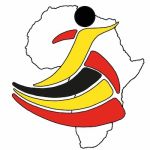.
By Eric Barigye
Welcome back to our weekly blog that focuses on a particular aspect to learn more about the place, people and this week – continuing with the trees that colour our Adventure Like No Other!

If you did not catch the first entry of this series please find it here.
.
.
.
...
Budongo Mahogany
 We begin with Entandrophragma Angolense or Mukusu in Luganda and Budongo Mahogany in English. This tree is indigenous to Uganda growing along forest edges and in thickets. It is a very large deciduous tree to 50 m with a deep crown and dense foliage.
We begin with Entandrophragma Angolense or Mukusu in Luganda and Budongo Mahogany in English. This tree is indigenous to Uganda growing along forest edges and in thickets. It is a very large deciduous tree to 50 m with a deep crown and dense foliage.
Providing good shed it is also used as an ornamental tree. The wood is highly valued for exterior and interior joinery, furniture, cabinetwork, veneer and plywood, and is also used for flooring, interior trim, panelling, stairs, shipbuilding and coffins. The seeds have a fat content of about 60% which makes them rich in cis-vaccenic acid, an oleic acid isomer that can be used in the industrial production of nylon-11.
Sadly this tree has been overharvested in Uganda and is now nearly extinct.
.
.
.
.
.
East African Satin Wood
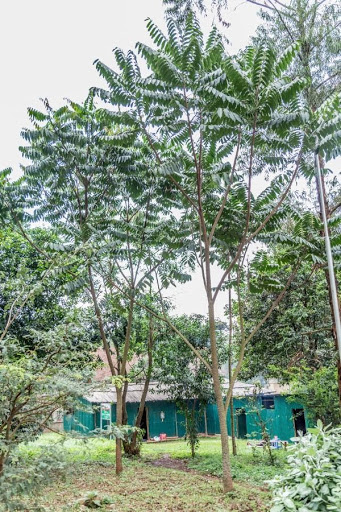 Next, we see Zanthoxylum Gilletii (Fagara Macrophylla) or Munyenye in Luganda and East African Satin Wood in English. In Uganda, it grows in tropical rain forests, especially in lower- and medium-altitude forests. Growing between 10 and 35m this trees’ timber is heavy, yellow-white, sweet-scented, tough and easily worked.
Next, we see Zanthoxylum Gilletii (Fagara Macrophylla) or Munyenye in Luganda and East African Satin Wood in English. In Uganda, it grows in tropical rain forests, especially in lower- and medium-altitude forests. Growing between 10 and 35m this trees’ timber is heavy, yellow-white, sweet-scented, tough and easily worked.
The trade name “satinwood” comes from the bright shiny appearance of the polished timber. The bark is used to treat cough. The seed coat contains an essential oil while the roots are used as chewing sticks to clean the teeth.
.
.
.
.
.
.
Drum Tree
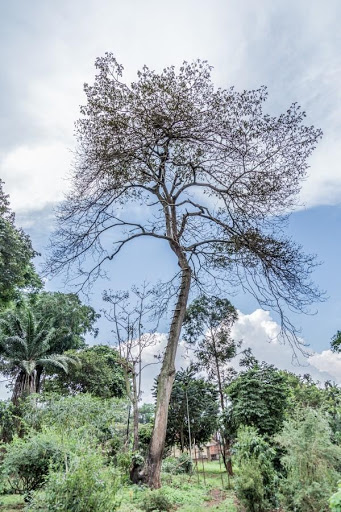 Let’s move on to the Cordia Millenii known as Mukebu in Luganda and Drum Tree in English. Drum tree is widely distributed in tropical Africa. It is found in closed forests and old secondary formations. Abundant in Masaka, this large tree 30-35 has its trunk rarely straight.
Let’s move on to the Cordia Millenii known as Mukebu in Luganda and Drum Tree in English. Drum tree is widely distributed in tropical Africa. It is found in closed forests and old secondary formations. Abundant in Masaka, this large tree 30-35 has its trunk rarely straight.
As the name suggests the wood is used for making drums, notably the Talking Drum. The fruits are added to soap to give it a pleasant smell. The timber is split into shingles that are made into bowls and other domestic articles.
.
.
.
.
.
.
.
West African Albizia
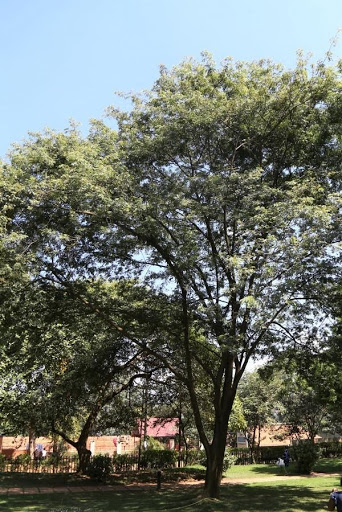 Next is the Albizia Zygia known as Mulongo in Luganda or West African Albizia in English. Native to Uganda this tree usually goes to 20 m (9-30 m) with a spreading crown of layered foliage. The trunk is often crooked.
Next is the Albizia Zygia known as Mulongo in Luganda or West African Albizia in English. Native to Uganda this tree usually goes to 20 m (9-30 m) with a spreading crown of layered foliage. The trunk is often crooked.
Its young leaves are edible when cooked. Acting as a vegetable they are added to soups and sauces. Its gum from the bark is used in the food industry as a stabilizer in the preparation of foods such as ice cream. A resin called ‘nongo gum’ is also obtained from the stem. The wood pulp is suitable for paper production.
.
.
.
.
.
Jumping Seed Tree
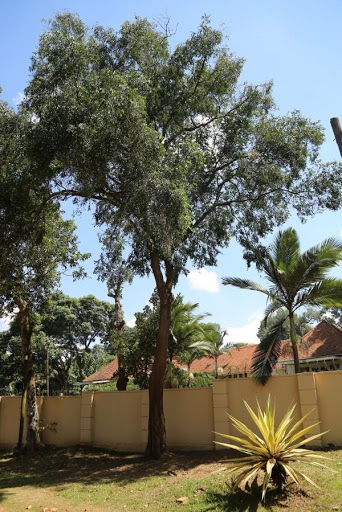 We end with Sapium Ellipticum known as Musasa in Luganda and Jumping Seed Tree in English. It grows throughout Uganda in savanna, thickets and along streams.
We end with Sapium Ellipticum known as Musasa in Luganda and Jumping Seed Tree in English. It grows throughout Uganda in savanna, thickets and along streams.
The leaves and roots are used to treat mumps. The wood is used to make farm tools as well as tool handles. The trunk is cut and shaped into an anvil for bark cloth making. Its protein-rich leaves are used for livestock fodder.
.
.
.
.
.
.
That marks the end of the second entry of The Trees of Masaka series.
Thank you for coming and see you again next week! 🙂
.
.
.
.
.


